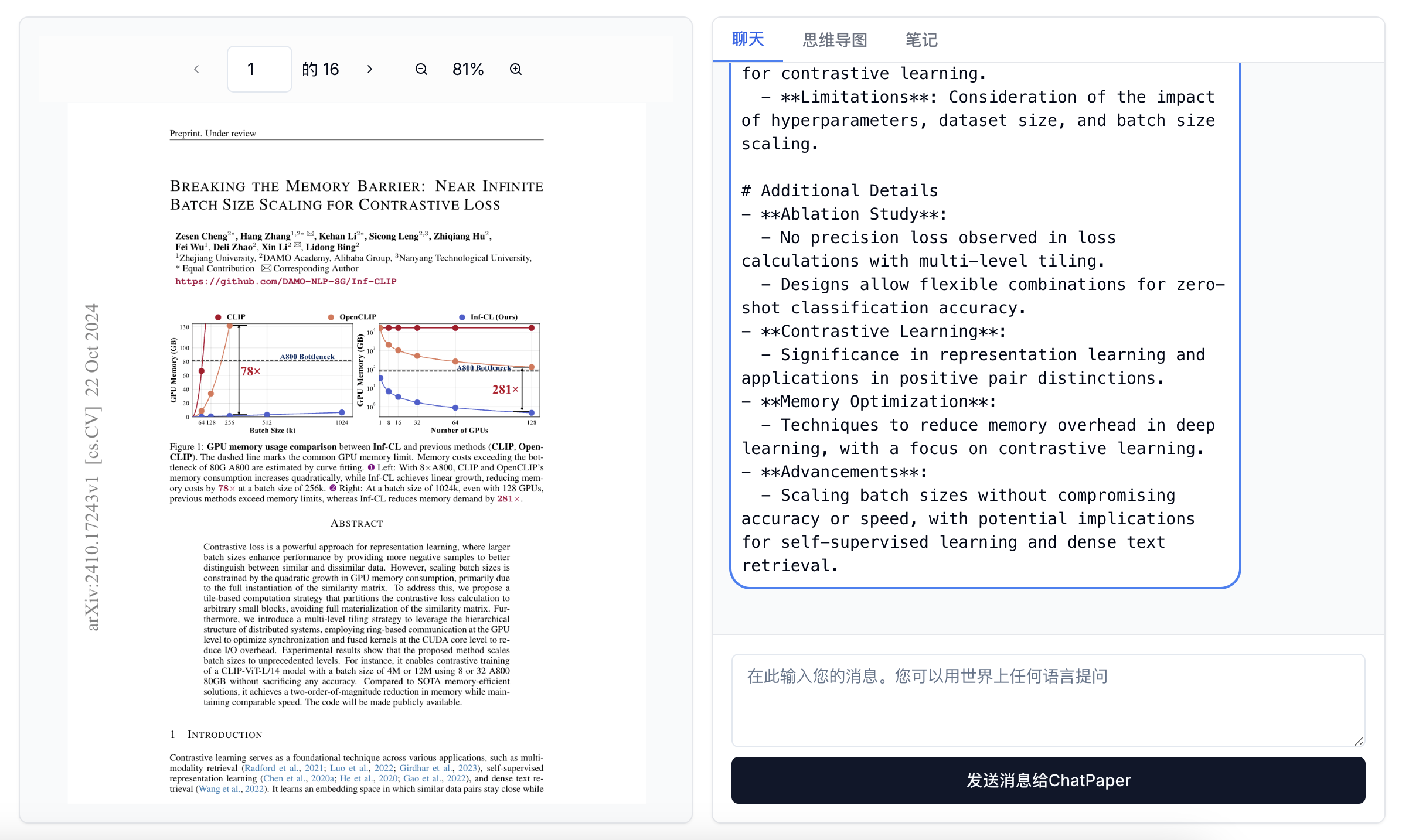
| ✨博客主页 | ||
|---|---|---|
| 何曾参静谧的博客 | ||
| 📌文章专栏 | ||
| 「C/C++」C/C++程序设计 | ||
| 📚全部专栏 | ||
| 「VS」Visual Studio | 「C/C++」C/C++程序设计 | 「UG/NX」BlockUI集合 |
| 「Win」Windows程序设计 | 「DSA」数据结构与算法 | 「UG/NX」NX二次开发 |
| 「QT」QT5程序设计 | 「File」数据文件格式 | 「PK」Parasolid函数说明 |
目录
- 方法一:使用构造函数
- 方法二:使用 `std::copy`
- 方法三:使用范围构造器(C++11 及以上)
- 方法四:使用 `std::array` 作为中间步骤(如果数组大小固定)
要将一个双精度浮点数数组(如 double mtx[16])传递给一个 std::vector<double>,你可以使用以下几种方法:
方法一:使用构造函数
std::vector 提供了一个可以接受数组和数组大小的构造函数,因此你可以直接将数组的内容复制到 std::vector 中。
#include <vector>
#include <iostream>
int main() {
double mtx[16] = { /* 初始化你的数组 */ };
// 使用数组和数组大小来构造vector
std::vector<double> vec(mtx, mtx + 16);
// 输出验证
for (double val : vec) {
std::cout << val << " ";
}
std::cout << std::endl;
return 0;
}
方法二:使用 std::copy
你也可以使用标准库中的 std::copy 函数将数组内容复制到 std::vector 中。
#include <vector>
#include <algorithm> // for std::copy
#include <iostream>
int main() {
double mtx[16] = { /* 初始化你的数组 */ };
// 创建一个大小适当的vector
std::vector<double> vec(16);
// 使用std::copy将数组内容复制到vector中
std::copy(mtx, mtx + 16, vec.begin());
// 输出验证
for (double val : vec) {
std::cout << val << " ";
}
std::cout << std::endl;
return 0;
}
方法三:使用范围构造器(C++11 及以上)
在 C++11 及以后的版本中,你可以使用列表初始化来手动构造 std::vector,不过这种方法更适用于较小的数组或者数组内容已知的情况。
#include <vector>
#include <iostream>
int main() {
double mtx[16] = { /* 初始化你的数组 */ };
// 使用列表初始化,适合较小数组
std::vector<double> vec = {mtx[0], mtx[1], mtx[2], mtx[3], mtx[4], mtx[5], mtx[6], mtx[7],
mtx[8], mtx[9], mtx[10], mtx[11], mtx[12], mtx[13], mtx[14], mtx[15]};
// 输出验证
for (double val : vec) {
std::cout << val << " ";
}
std::cout << std::endl;
return 0;
}
注意:虽然方法三可以工作,但是如果数组较大或者内容复杂,使用前两种方法会更加简洁和高效。
方法四:使用 std::array 作为中间步骤(如果数组大小固定)
如果你的数组大小是固定的,可以考虑使用 std::array 作为中间步骤,然后再转换为 std::vector。
#include <vector>
#include <array>
#include <iostream>
int main() {
std::array<double, 16> mtx = { /* 初始化你的数组 */ };
// 转换为vector
std::vector<double> vec(mtx.begin(), mtx.end());
// 输出验证
for (double val : vec) {
std::cout << val << " ";
}
std::cout << std::endl;
return 0;
}
根据你的需求和具体使用场景,可以选择以上适合的方法来完成数组的传递。



















![[mysql]DDL,DML综合案例,](https://i-blog.csdnimg.cn/direct/d13a9528e6ea4525b9345c6499270f15.png)
